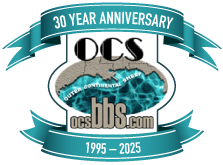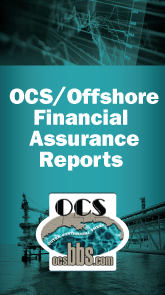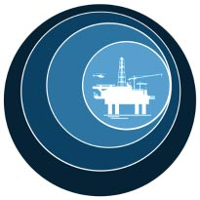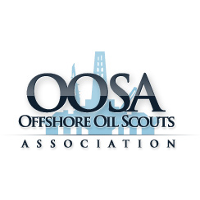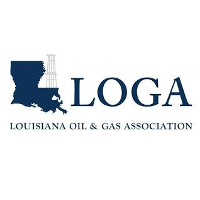Catalytic Gas Heaters
Effective Date: 11/19/1973
 | Minerals Management Service Gulf of Mexico OCS Region |
Notice No. 008
November 19, 1973
OCS Operations Safety Alert
Catalytic Gas Heaters
A review of accident investigation reports submitted by OCS operators hasuncovered an accident which occurred sometime ago, but one which has particularimportance at this time.
The accident, a flash fire involving a catalytic gas heater, caused personnelinjuries. This catalytic heater was being used as a "doghouse" spaceheater. The investigation which followed the accident brought out the followingpoints.
1. The catalytic reaction had been properly started, in accordance withwritten operating instructions, approximately five hours before the flash fireoccurred.
2. The catalytic heater unit was equipped with the wrong fuel gas regulator.
3. The unit was not equipped with a thermocouple safety shut-off valve.
The operator analysis concluded that the installation of the wrong fuel gasregulator provided excessive heater inlet gas pressure, allowing excess fuel gasto pass through the heater. The unspent fuel gas accumulated within the"doghouse," and a flash fire resulted when the gas was ignited by anunknown source.
The cause of the accident can be attributed to lack of attention to thesafety features which must be considered when installing any device whichutilizes fuel gas.
Since certain models of these catalytic heaters are approved for Class 1,Group D hazardous locations, it would appear that they are not inherentlyunsafe. There are, however, certain components which are critical to the propersafe operation of these units; namely, the regulator, the fuel orifice size, andthe safety shut-off valve. Some other general safety considerations are:
1. Manual fuel gas shut-off valve.
2. Provision for venting.
3. Clearance from combustible materials.
4. Thermostatically controlled shut-off valve to protect against overtemperature conditions.
5. Gas detector.
An analysis of the particular application of the unit will determine which ofthe above safety considerations must be satisfied, and what additional safetyfeatures must be provided.
With regard to the aforementioned accident, a proper venting system mighthave prevented the accumulation of unburned fuel. While the excessive fuel gaspressure was indicated to be the major contributing factor, there is, undernormal operation conditions for these catalytic heaters, a quantity of gas whichpasses through the unit without being oxidized; and, under certain conditions, acombustible accumulation could occur without high fuel gas pressure. However,high fuel gas pressure will increase the amount of unspent gas passing throughthe unit.
There are presently no standards which can be reference for the manufactureor installation of catalytic heater units. It is essential that responsibleoperator personnel investigate all necessary safety provision for heater unitinstallation. In the absence of any directly applicable installation standardfor catalytic heaters, NFPA Bulletin No. 54, "Installation of GasAppliances Gas Piping 1969," could be used to point out some of the safetyitems which must be provided.
Following the issuance of Safety Alert Notice No. 5, entitled "FlashFires/Explosions," it was brought to our attention by one operator thatlisting the petroleum vapor ignition temperature as 536 F is misleading. Whilethis value covers the ignition temperature of the main crude constituents, thereare some fractions which have identified ignition temperatures below this value.Additionally, there are certain flammable liquids which are used on OCSinstallations that have ignition temperatures below this value, i.e.,
Fuel Oil No. 1 (Kerosene) 410 F
Fuel Oil No. 2 494 F
Jet Fuel JP-4 464 F
Lubricating Oil 478 F
Ignition temperature considerations are necessary in determining insulationrequirements for hot surfaces. The general practice is to insulate thosesurfaces having an operating temperature above 400 F.
NFPA Bulletin No. 325M, "Fire Hazard Properties of Flammable Liquids,Gases, Volatile Solids, 1969," contains an excellent discussion of thissubject and is recommended as a reference document.
[signature] D.W. Solanas
Oil and Gas Supervisor
Field Operations
Gulf of Mexico Area
